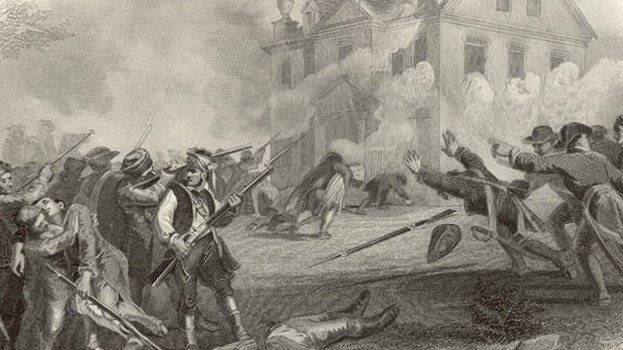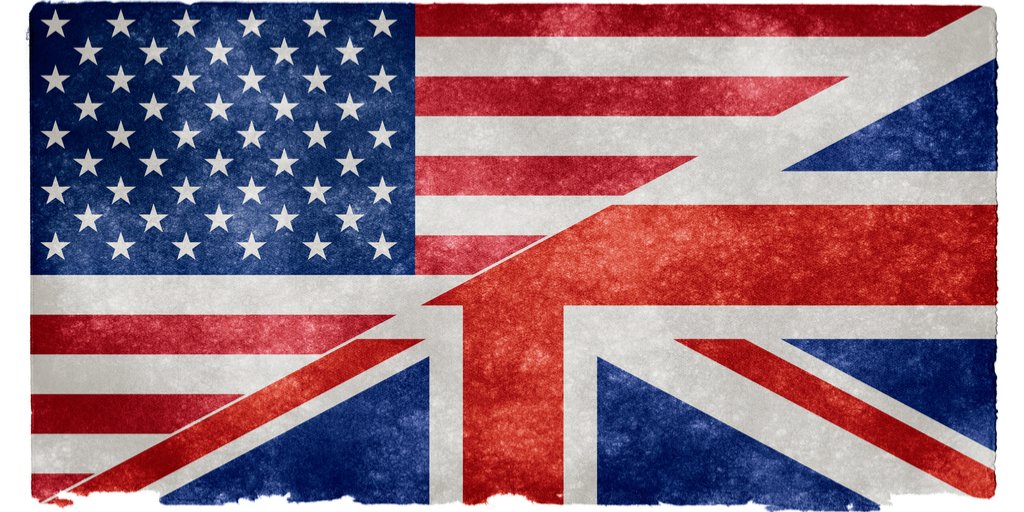The Psychology of Revolution
Focus: Psychology
What makes someone fight for a new country? What makes someone fight to remain part of Britain?
Many of us remember the Arab Spring—those revolutions that overturned authoritarian rule across North Africa. For many Americans, there was general surprise that the revolutions did not seem to be successful, with “successful” defined as bringing about lasting change.
In “The Psychology of Revolution,” the authors assert that what makes a revolution successful is “political plasticity,” which they define as “the speed and extent to which political behavior does or does not change, which constrain the impact a revolution can have on individual and collective behavior.” Without political plasticity, they maintain, not much will change. They align the importance of political plasticity with a typology of revolutions. The first type, they tell us, is common and is rarely successful because the system or structure that is in place does not change. There is no “plasticity.”
On the other hand, type two revolutions involve system change, from monarchy to democracy, for instance. There is “plasticity.” For these kinds of revolution to be successful the ideals of the revolution need to be achieved.
The “wild card” is the psychology of the populace. In their typology, they describe one group that experiences “subjective feelings of inequity and relative deprivation [17], together with aspirations for an alternative society that lead individuals to participate in radical collective action [18].” This describes the people who fought for the American revolution. The list of grievances detailed in the Declaration of Independence show a clear sense of deprivation, and various uprisings, such as the Stamp Act protest, was certainly a female-led “radical collective action.”
Those Who Wanted to Remain British
But what of those who did not want to break from England? Why didn’t they join the Revolution, and how many of them were there?
It is notoriously hard to give these numbers. As one website comments, the old 1/3 for, 1/3 against, 1/3 on the fence comes from John Adams. However, as this site details, Adams was probably referring to the French, not the American revolution.
In America, the numbers were probably even smaller with around 20% of the populace remaining loyal to Britain, 20% or less desiring revolution, and the vast majority as fence-sitters.
How then were people convinced to revolt?
Many of the colonists were deeply schooled in British history and literature. In the 17th century, the British had a civil war based in part on the religion and excesses of the King. They ultimately killed the King, Charles 1. How, though, did they come to accept that, given that coronations emphasized that God had chosen the monarch? The answer, in part, is writing. John Milton, one of the greatest of British authors, turned his pen to write for the Republican side, which was against the king.
Perhaps it is this history that spurred the pro-revolutionary forces in America. Propaganda was rife, and many pamphlets, including Thomas Paine’s “Common Sense” argued for a break with the UK. Propaganda and actions against the loyalists spurred people to be quiet if they were loyalists. And while the loyalists did indeed have a press, it was not as effective as the patriot press in swaying people to their side.
That said, there has been a recent reevaluation of the loyalists.
Revolution & Propaganda
What is the psychology of propaganda? At its simplest it is a persuasive technique that focuses on emotion, not reason or fact—and it is this that makes it so compelling.
Ben Franklin drew the image to the right, which became one of the most powerful and most recognized examples of pro-revolutionary propaganda. Note the severed pieces and the violence of dismemberment. The appeal is to emotion, to fear and anxiety. Such propaganda, along with revolutionaries tarring and feathering people who supported the British, was effective in reshaping the beliefs of the loyalists, if only to keep them quiet. With their silence came an implicit change in their own political behavior that ultimately amplified the revolutionary voices.




